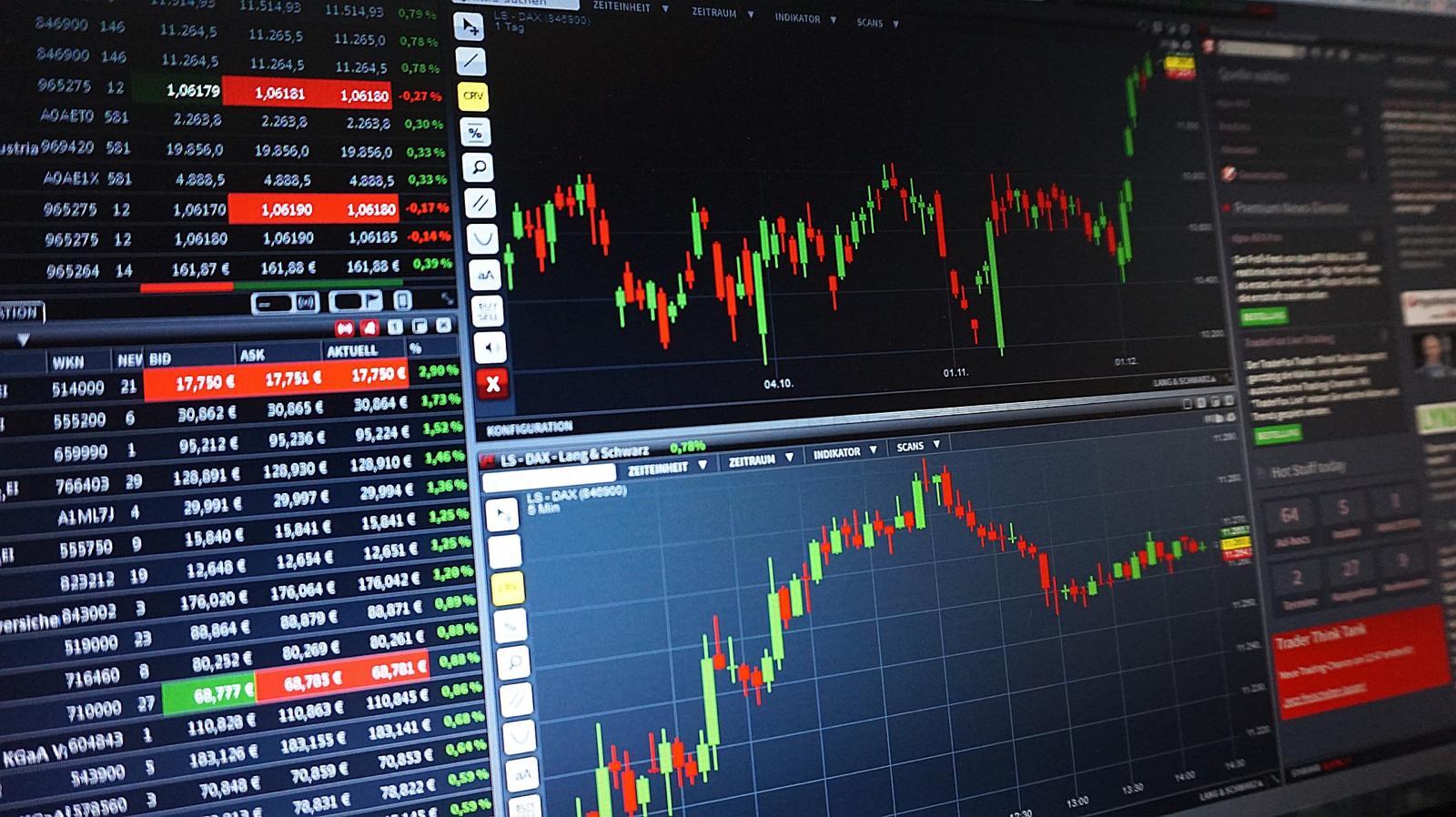In the world of trading, the concept of seasonality has long been a cornerstone strategy, particularly in commodities and equities. Seasonality refers to predictable patterns that occur at specific times of the year, driven by recurring economic, cultural, or environmental factors. However, this strategy isn’t just limited to these traditional markets. Seasonality can be just as effective in the forex market, particularly when applied to currency pairs. Here’s why seasonal trading can be a robust approach in the forex market.
Understanding Seasonality in Forex

Seasonality in forex trading involves recognizing and capitalizing on recurring trends in currency pairs that happen at certain times of the year. These trends might be influenced by various factors, such as fiscal cycles, government policy changes, or international trade flows. For example, a currency pair may consistently perform well in a specific quarter due to economic policies, tourism seasons, or even fiscal year-end flows.
Why Seasonal Trading Works in Forex
1. Predictable Economic Cycles
Countries operate on cyclical economic patterns that can heavily influence their currency values. For instance, a country that exports a large portion of its goods may see its currency strengthen during certain times of the year when demand for those exports peaks. By identifying these cycles, traders can position themselves to benefit from predictable movements in the forex market.
2. Recurrent Market Behavior
Just as in equity markets, certain periods of the year see increased activity in forex markets due to investor behavior. For example, towards the end of the year, many companies and investors engage in currency conversions for various reasons, such as repatriation of profits or preparing for the next fiscal year. These recurring behaviors can lead to predictable movements in certain currency pairs.
3. Policy and Fiscal Influences
Central banks and governments often have fiscal policies that are implemented on a yearly basis. For example, tax deadlines, government spending increases, or central bank interventions tend to occur at the same times each year. Traders who understand these patterns can use them to anticipate market moves, particularly in currency pairs tied to these economies.
4. Correlation with Commodities and Other Markets
Many currencies are closely tied to the performance of certain commodities. For example, the Canadian dollar (CAD) often moves in tandem with oil prices, while the Australian dollar (AUD) is influenced by gold and iron ore prices. These commodities themselves are subject to seasonal cycles, which can, in turn, impact the forex market. Understanding these correlations allows traders to use seasonal patterns in commodity prices as a proxy for predicting movements in currency pairs.
Lastly to successfully implement seasonal trading strategies in the forex market, traders should analyze historical data to identify consistent seasonal trends in specific currency pairs. Look for patterns that recur over several years, which can help confirm the reliability of the trend.
Conclusion
Seasonal trading is not just a strategy for commodities and stocks—it can be a highly effective approach in the forex market, particularly when applied to value pairs. By leveraging predictable recurring cycles, patterns and correlations with past years, traders can enhance their forex strategies and capitalize on recurring trends. The key to success lies in diligent analysis, careful pair selection, and an understanding of the fundamentals data that drive these seasonal movements.